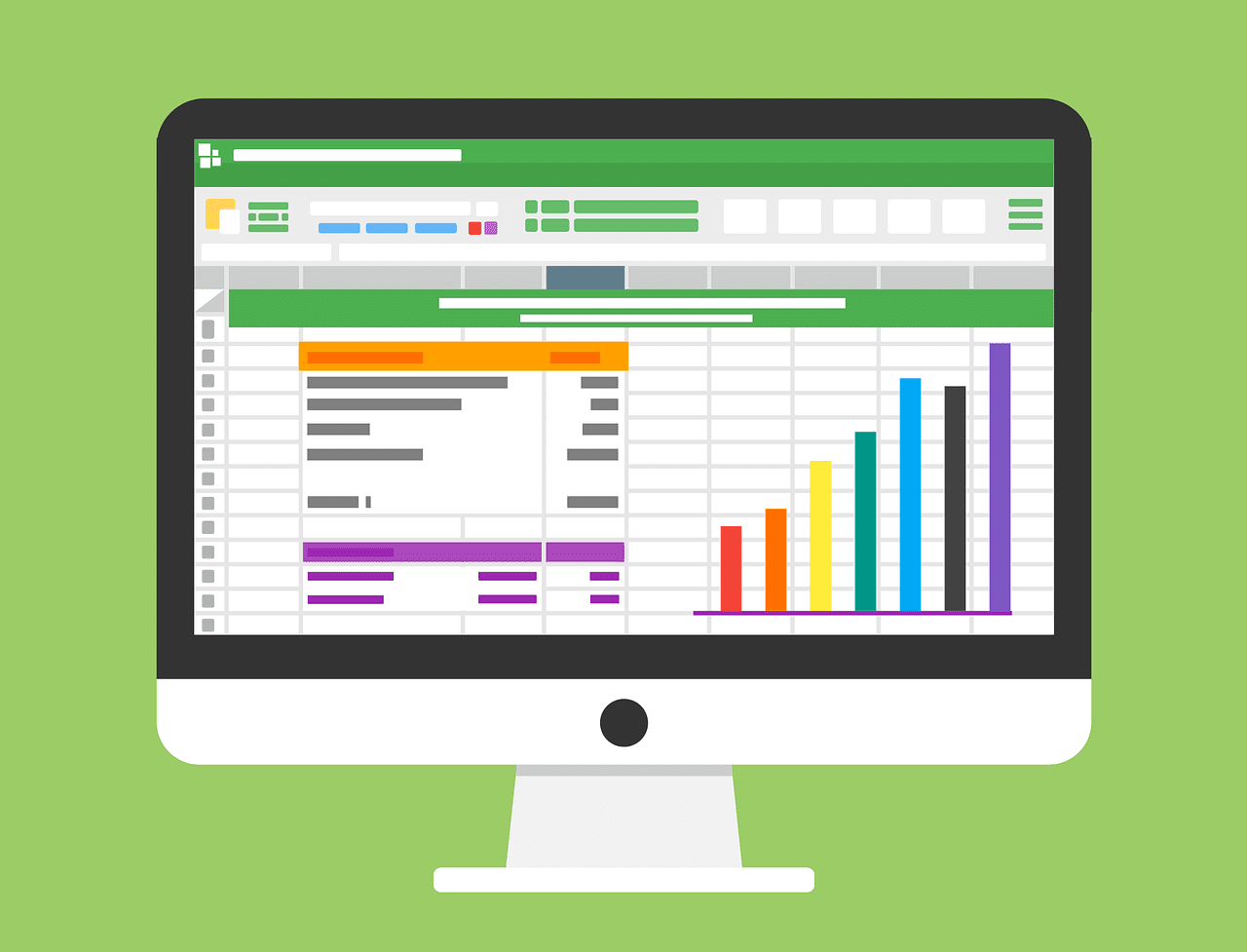How Sole Proprietorships can Improve Cash Flow
As a sole proprietorship, we know all too well how important it is to maintain a healthy cash flow. We are also aware that it’s not always easy to do so, particularly in unprecedented times like these. Fortunately, we can do things to manage the situation so that more money is coming in than going out.

Protect your business and yourself
It may seem strange to begin discussing improving cash flow with a recommendation that you spend money. However, while you must manage income and expenses, it’s also crucial to protect yourself and your business against certain risks.
One of the most valuable is public liability Insurance coverage. It covers the costs associated with claims made against you or your business because of injury, damage, or loss connected to your business activities.
It won’t matter if income has been good and steady, and expenses are under control if you are suddenly required to defend a costly lawsuit. A sole proprietor or small business can be destroyed by claiming this if there’s no coverage.
Assess your cash balance
First, have a careful look at what you are due. This will include:
- The money you are due for services/products already provided
- Payments that will be due on ordered goods or services in progress
- Other funds you receive, such as subsidies, interest, or dividends
Then establish what you owe by listing the item, amount, and frequency. For example:
- Production or provision costs of goods or services
- Operating expenses such as phones, the internet, etc.
- Overheads such as rent, vehicles, and utilities
- The money you pay for services such as bookkeeping, repairs, marketing
- Interest due on debts
Naturally, you want to know how much revenue you are generating to outweigh what you are paying out. If the equation is not looking too healthy, in other words, you have a negative balance, take further steps urgently.


Streamline your collections
Quite often, one finds that sole proprietorship enterprises get into difficulty because customers are not paying timely. This is perhaps one of the most common reasons for cash flow problems. So, what can we do?
An essential way of improving your financial situation is by speeding up invoicing and collections and improving procedures:
-
- Invoice accurately and promptly
- Be clear about payment terms
- Offer a range of payment options (Credit Card, EFT, PayPal, etc.)
- Renegotiate payment terms if necessary
If you don’t have the time or feel able to handle this yourself, consider using either a free invoice template in Google Sheets or pay-to-use tools and systems that create, and send out invoices and reminders.
These tools save you time and improve your financial team productivity, which in the long term leads to reduced business expenses, thus increasing your profits.
Get tough with your debtors
Don’t let things slide. If you haven’t been paid, take action:
-
- Follow up with customers who have not paid. You need to take firm action when money remains outstanding by sending a final demand letter.
- If a customer has several invoices outstanding, consolidate the total. This can have a more significant impact than resubmitting separate invoices.
- If you are doing work for a customer that is not paying, stop work until payment is received.
If this does not sit well with you, consider outsourcing or handing these accounts and customers over to a Collections Agency.
Pay your creditors promptly
This may also seem counterintuitive, but accounts that are not settled promptly and by due date are likely to incur interest, fees, or penalties. That’s wasted money. We aren’t suggesting you pay early, but those who are reliable are in a better position to negotiate discounts or revised payment terms when or if you need them.
Use software and systems that add value
You may not be able to invest in new software or systems at this point. However, it’s a good idea to consider:
- What your work processes and procedures are
- Whether they are efficient or cumbersome/outdated / cost money or waste money
- If they could be improved and, if so, how
- Available options that would improve the situation
This way, when things improve, you can invest money into something that will save you money in the medium- and long-term.
Be stock smart
Inventory and supplies can tie up a great deal of your funds. You don’t want to spend money on things you either don’t need or don’t need now. There are ways you can avoid this or at least reduce the risk.
- Keep accurate and up to date records
- Plan stock and supplies based on past sales trends
- Consider changing both the size and frequency of the orders you place
- Design strategies to move stock such as promotions and discounts
Conclusion | Sole Proprietorship
Sole proprietorships are, of course, vulnerable to bad times. Some things, like pandemics, are beyond our control and scary. However, you can do things on an ongoing basis that will protect you from many of the risks and challenges businesses face.
Featured Image by 200 Degrees from Pixabay




